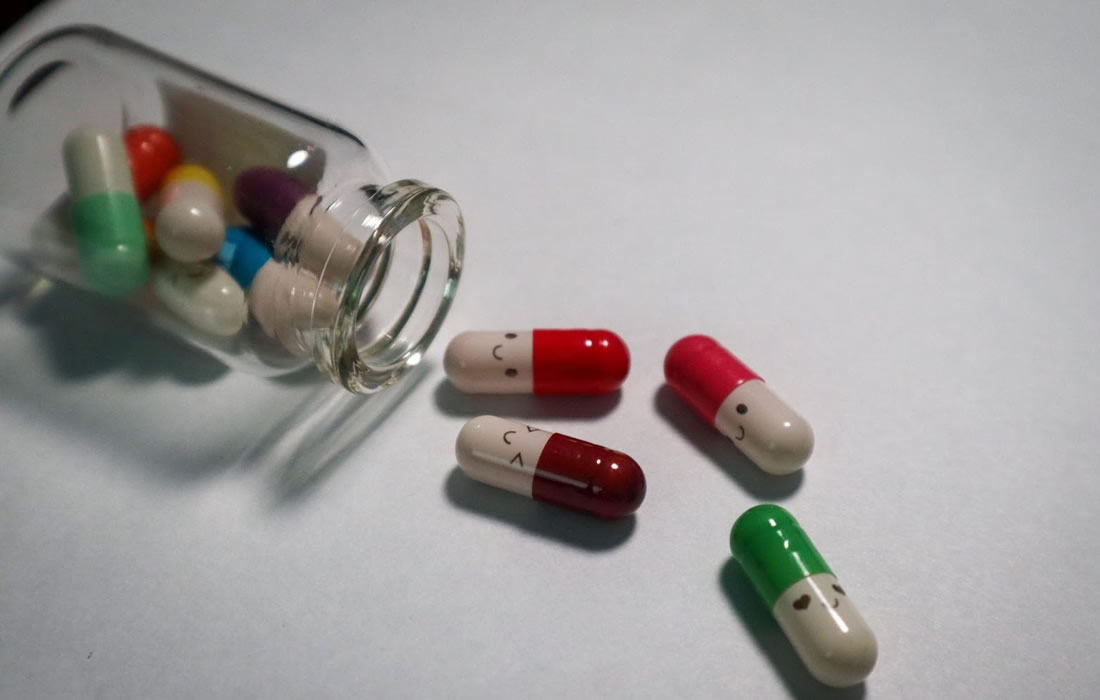Regenerative Medicine News and General Information
Vibrating Capsule for Constipation Sufferers Could Hold the Key for Using Less Medication
A vibrating capsule designed to stir the colon to action appears to double the ability for adults struggling with debilitating chronic constipation to defecate more normally and without drugs, researchers report.
For the study, the nearly inch-long, traditional-shaped capsules with a latex-free plastic shell, which you swallow like any pill, were preprogrammed to induce two-hour vibration sessions twice daily and were taken five days per week. The capsules stimulated the colon for three seconds followed by 16 seconds of rest. After the two daily sessions were complete, the capsules fell silent and passed naturally through the gastrointestinal tract.
“First of all, it’s a device, it is not a drug. It’s a nonpharmacological treatment, and secondly it works right in the colon, the target area, where it’s exciting the muscles in the wall of the colon to do their job,” says Rao, the study’s corresponding author.
Rao and his colleagues have additional information that the call to action in the colon also can be detected in the brain and that, over time, it may help the colon regain more normal function without additional prompting. Normal prompts for the colon to get busy include when we wake up in the morning and when we eat a meal.
Investigators reported 39% of participants using the vibrating pill had one or more complete bowel movements a week versus 22% of those taking a look-alike placebo. Nearly 23% of those taking the active capsule had two or more complete spontaneous bowel movements per week compared to just under 12% of those taking the placebo.
Those using the vibrating capsule also had significant improvement in classic problems like straining, stool consistency and general quality of life compared to placebo takers, the researchers report. No significant side effects were reported.
“could provide a first-in-class, non pharmacological treatment option that is effective and safe for patients with chronic constipation,” they write.
The vibrating capsule is targeted. “Constipation is a colonic problem, and we want to activate the organ that is not working properly,” Rao says. Today most prescription medicines for constipation actually start working in the small bowel, which is situated between the stomach and colon and a major spot for digestion. The drugs increase secretions of the small bowel which floods the colon, which does help evacuate its contents. But waste is not all that goes down the toilet.
“We are flushing the waste, but we are flushing more than the waste,” Rao says. Because these approaches also wash away much of the critical gut microbiome, which primarily lives in the colon, where it supports digestion, plays a frontline defense role for the immune system and helps enable our gut to talk to our brain.
“The colon is a dynamic organ because there are a lot of bacteria in there,” he says, like us, needs proper nutrition and needs to survive. There is no evidence the vibrating capsule interferes with the gut microbiome’s many essential functions, which is a great thing, Rao says.
Rao says next steps include personalizing the capsule’s use. The fact that the device is programmable means under the care of a gastroenterologist the timing and duration of treatment could be tweaked for an individual, even to coincide with their normal eating schedule. That flexibility also means the same device likely could be used to target other organs and problems, like the stomach and gastroparesis, another painful condition where food moving from the stomach to the small intestines is slowed or stopped without an obvious blockage as the cause.
Sources:
Satish S.C. Rao, Eamonn M M Quigley, William D Chey, Amol Sharma, Anthony J. Lembo. Randomized Placebo-Controlled Phase 3 Trial of Vibrating Capsule for Chronic Constipation. Gastroenterology, 2023; DOI: 10.1053/j.gastro.2023.02.013
Medical College of Georgia at Augusta University. “Vibrating capsule doubles the ability for constipation sufferers to defecate without drugs.” ScienceDaily. ScienceDaily, 21 February 2023. <www.sciencedaily.com/releases/2023/02/230221113026.htm>.
Images from:
Photo by little plant
https://unsplash.com/photos/ykX3Wb8y4XI

